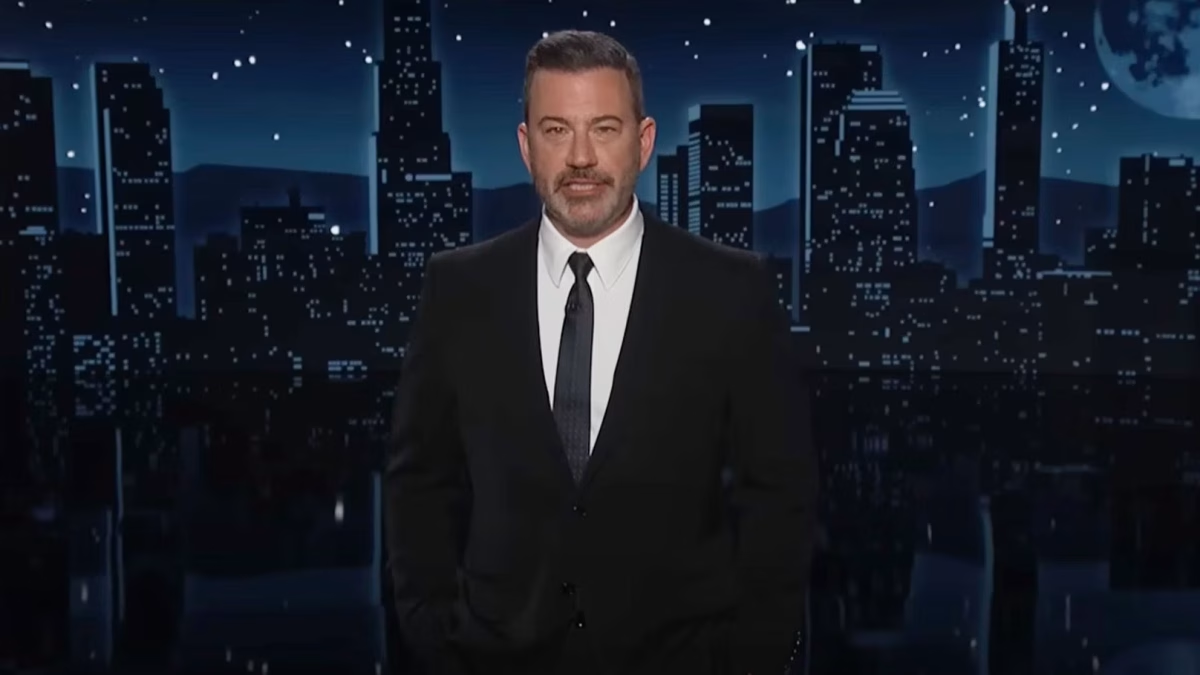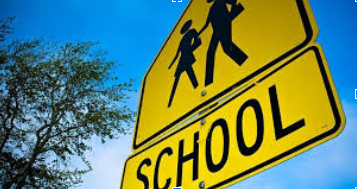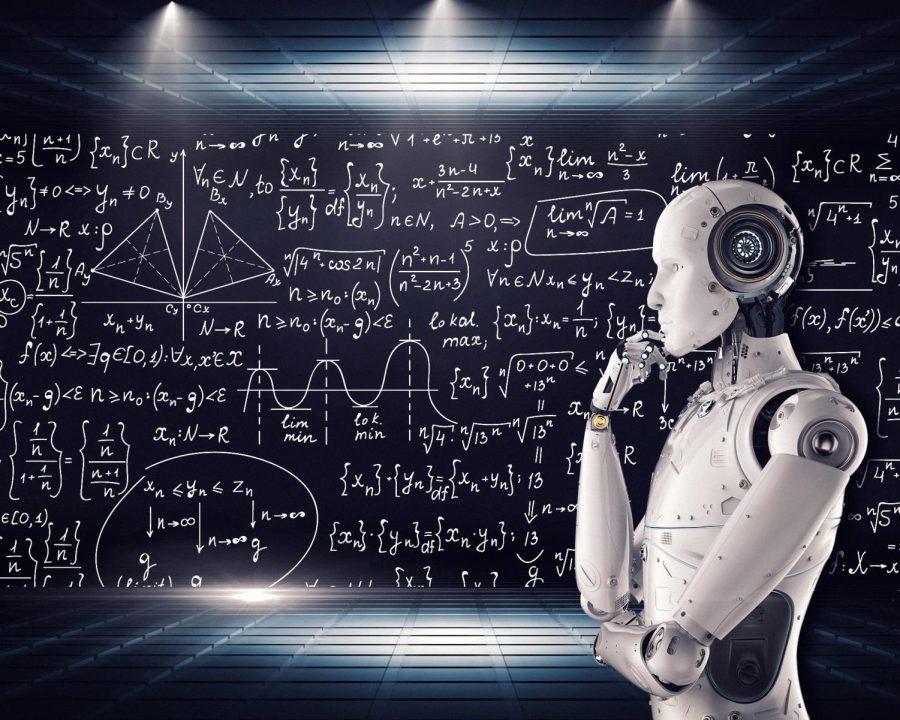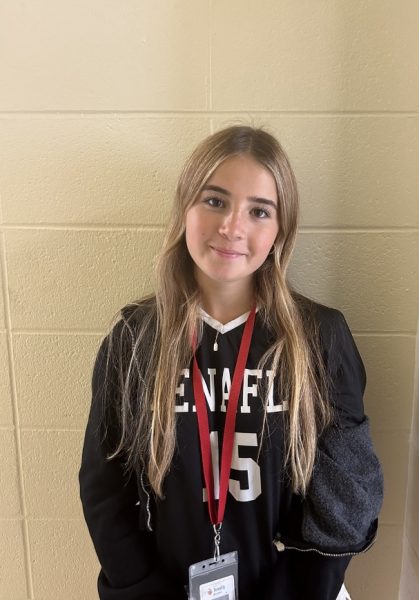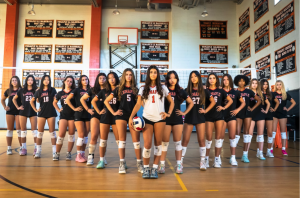Creative Writing in an AI Age
February 10, 2023
Creativity is an elusive art, and though we live in an increasingly digital age in which chatbots are capable of churning out page-long essays, humans can easily sense creativity’s presence, and likewise, its absence. With the recent emergence of the adept ChatGPT, a generative artificial intelligence language program established by OpenAI, school districts ponder a response to the dynamic new technology that has rendered previous at-home writing assignments obsolete. With extensive knowledge at our disposal in an age of AI, we must evaluate how to best grapple with the circumstances. In any respect, though much panic encompasses the subject, rest assured: technology cannot fathom the scope of human creativity.
While ChatGPT has proven itself as a marvel of programming, it seems as though the tool has hindered the art of creative writing. Sleep-deprived teens who feel hounded by their work seek shortcuts, and ChatGPT has emerged as the perfect solution. For better or for worse, the site can generate paragraphs of human-like text, summarize and concoct emails, converse lightheartedly with its users, translate languages, and produce novel images and videos. The vast database, though not entirely foolproof, responds to virtually all requests and with convincing prose too. Thus, ChatGPT seems like any cheater’s dream. Naturally, school districts have been scrambling to implement new policies and measures in order to determine when the system is in use; however, there is no clear-cut answer yet. Many school networks restrict student access to the chatbot, but what students choose to do in the privacy of their own homes is entirely up to them.
Though many students gravitate towards the new technology, it is certainly riddled with flaws, and when closely analyzed, consistently unengaging and dull. Despite the repetition of trite lines, however, it can be hard to discern when the AI is in use. And though sites such as GPTZero aim to investigate and identify writing produced by AI, we are yet to establish a site fully capable of detecting such plagiarism.
So what does this mean for the future of education? Kevin Bryan, a professor at University of Toronto tweeted, “You can no longer give take-home exams.” Because we are not yet equipped with the tools necessary to detect the products of AI, there is much concern over the growing lack of originality. It seems, at least for now, that teachers will be enforcing in-class writing assignments over take-home ones. This, as one can imagine, has polarized school districts. While some students feel as though that they perform better under pressure in a timed setting, others feel as though time is key to the development of a strong argument. After all, not every student is inclined to cheat, so why should all students be punished?
Ultimately, ChatGPT raises serious concerns, and humans feel increasingly threatened by its boundless capabilities. As AI continues to mimic human talent, we become more reliant on technology to solve our problems for us. And though we cannot delay the development of AI, we must figure out how to work with it. Truthfully, chatbots will never fathom the human language or mind; creativity is individual, and algorithms cannot displace it.




























































